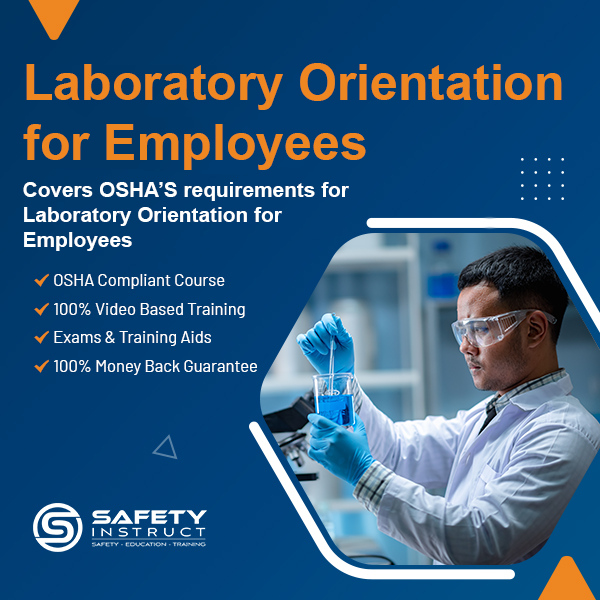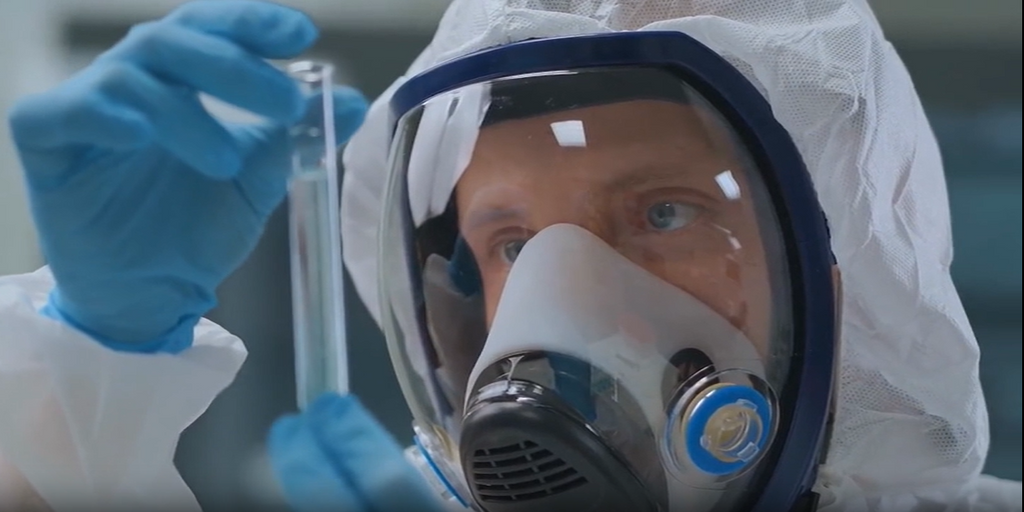Safety in laboratory environments is paramount due to various hazards that can lead to property damage, injury, or even death. The Hierarchy of Controls, including engineering controls, administrative controls, work practices, and personal protective equipment, provides a structured approach to minimize risks. While personal protective equipment is crucial, it is emphasized that engineering and administrative controls, along with proper work practices, are more effective in ensuring a safe workplace.
Personal Protective Equipment
The risk of exposure in laboratories necessitates stringent safety measures, with personal protective equipment (PPE) serving as a crucial defense. From closed-toed shoes to respirators, proper hazard assessment, and adherence to PPE guidelines are emphasized, encompassing gloves, hearing protection, eye and face shields, and respiratory devices tailored to specific workplace hazards. Regular fit testing, equipment inspection, and collaboration with supervisors are essential components of maintaining a safe working environment.
Chemical Hazards Part One
Chemical hazards in laboratories pose varied risks, from carcinogens to irritants, necessitating strict adherence to the Occupational Safety and Health Administration's Laboratory Standard. This standard mandates awareness, education, and the establishment of a Chemical Hygiene Plan (CHP) to prevent chemical exposure beyond permissible limits. Safety data sheets and comprehensive training are essential components, ensuring proper identification, handling, and protection against the diverse hazards associated with laboratory chemicals.
Chemical Hazards Part Two
OSHA's PELs safeguard workers from chemical exposure, with monitoring by organizations like ACGIH and AIHA. Laboratory employees must adhere to hygiene procedures, report incidents, and be aware of hazards like formaldehyde and latex allergies, while ensuring proper use of chemical fume hoods.
Biological Hazards Part One
Laboratory settings pose biological hazards ranging from anthrax to viral hemorrhagic fevers. Employees must be vigilant, adhering to safety measures, such as the Bloodborne Pathogens Standard, which necessitates protective equipment, controls for potential exposure, and hepatitis B vaccination for those at risk of bloodborne pathogen exposure.
Biological Hazards Part Two
In HIV and HBV laboratories, activities with infectious materials must adhere to strict containment measures, including the use of biological safety cabinets. Handling research animals requires precautionary measures, such as wearing tear-resistant gloves, to minimize exposure risks and following established best practices for a safe laboratory environment.
Physical Hazards
Laboratory employees face various physical hazards, including ergonomic strains from repetitive tasks and potential exposure to ionizing and non-ionizing radiation. Measures such as setting up ergonomic workstations, using protective equipment for radiation, and addressing noise exposure through monitoring and hearing protection are crucial for maintaining a safe laboratory environment. It's essential to collaborate with supervisors to ensure comprehensive safety measures are in place.
Safety Hazards Part One
Laboratory environments encompass safety hazards such as autoclaves, sterilizers, centrifuges, compressed gases, and cryogens. Adherence to proper work practices, use of personal protective equipment, and comprehensive safety training are crucial to mitigate potential injuries and exposures in these settings. Handling cryogens and dry ice requires specific precautions, emphasizing the importance of safety measures, operational training, and appropriate personal protective equipment.
Safety Hazards Part Two
Laboratory employees face diverse hazards, such as electrical, fire, and physical risks. Implementing proper safety measures, including precautions against damaged cords and adherence to lockout/tagout procedures, is crucial to prevent electrical accidents. Additionally, fire prevention, understanding fire extinguisher usage, and addressing physical hazards, like slips and falls, through effective housekeeping practices contribute to a safer laboratory environment.





